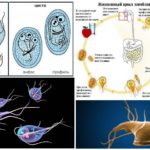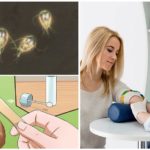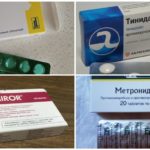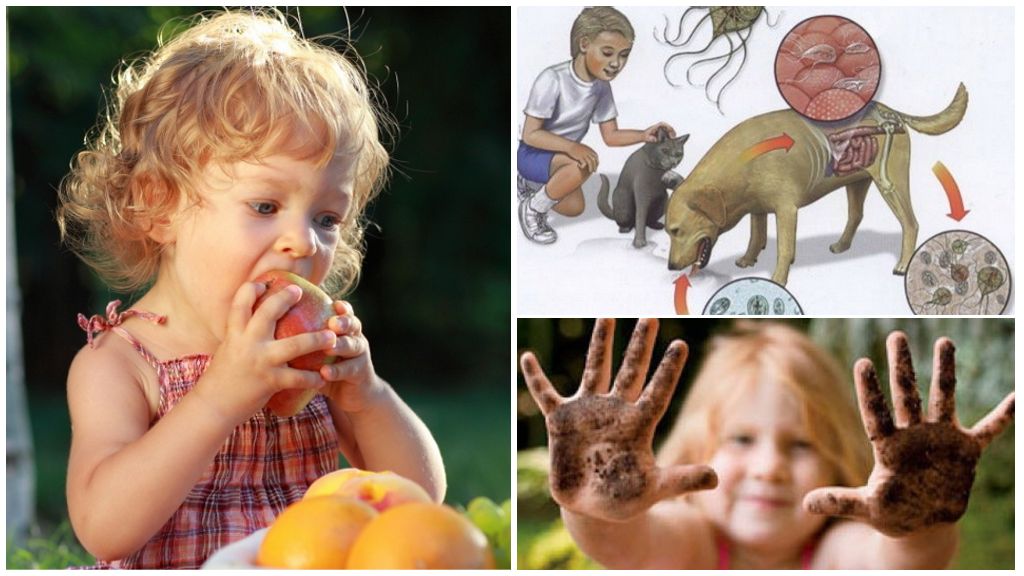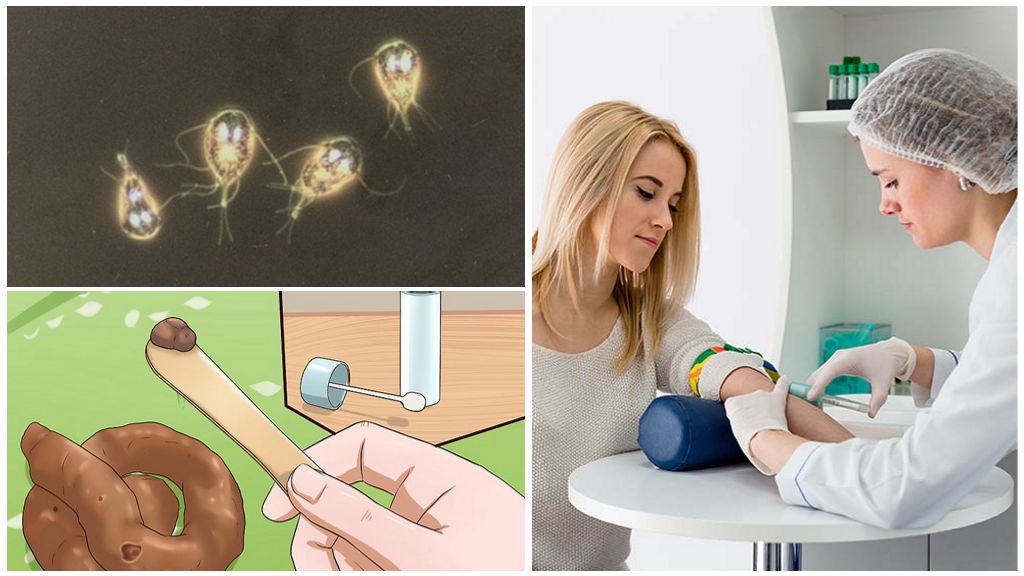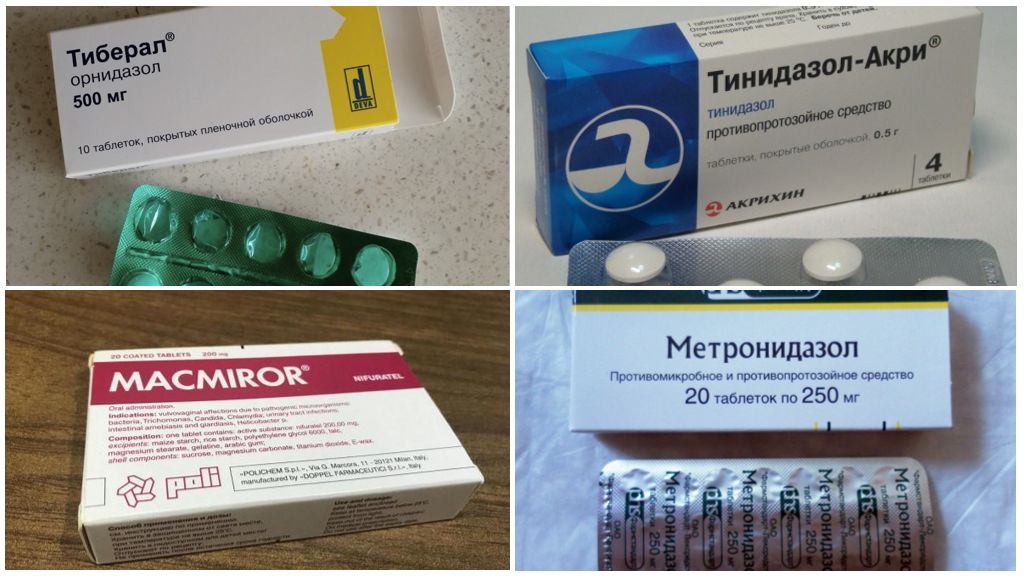Life cycle of Giardia and treatment of cysts
Content
- Life Cycle Giardia
- Ways of Giardia Infection
- Giardia Tests
- Drugs for giardiasis
Various types of worms, including Giardia cysts, are found annually in more than half of the world's population. Anyone can become infected with them, regardless of gender, age or social status. The formation of cysts helps parasites to survive in the host’s organism, as well as in the external environment, and safely continue its life cycle.It is possible to detect these forms in stool analyzes only with the help of magnifying equipment and during certain periods associated with reproduction. Infection is not always accompanied by a bright clinical picture, which causes difficulties in diagnosis.
Essence and description of cysts
The cycle of the life cycle Giardia is continuous only due to the possibility of encystizing, that is, closing in a protective shell. This ability helps the simplest parasites to survive in adverse conditions associated with temperature and environment. Reinfection occurs when the larvae enter the oral cavity. To do this, they must safely go out with the feces and safely return to the body of a new or old master.
Important!
Find out how to look cysts, it is impossible without special equipment. Therefore, patients practically do not go to the doctor due to the discovery of encapsulated forms in feces. These miserable forms are visible only under a microscope.
If you look at the photo of cyst lamblia in an enlarged form, you can see that these are ordinary eggs. They can be oval or pear-shaped.Inside they contain from 2 to 4 nuclei, depending on the period of development. Flagella are under the shell in the collapsed state. The size of the cocoons on average about 8 microns in width and 12 in length.
Cysts form in the large intestine, where the habitat is unfavorable for trophozoites (mobile forms of Giardia). From the lower parts of the larvae are easily excreted in the feces. They do not die when exposed to sunlight and persist in the soil up to 21 days. In the water of cymbal Giardia, it feels even more comfortable and lives up to 35 days. It is not affected by low temperatures above -13 degrees. In colder climates, the larvae become unviable and partially die.
On a note!
Cysts with giardiasis can negatively affect drying for 24 hours, heat from +60 degrees and the process of boiling infected water.
Features of the life cycle
Giardia breeding occurs with the help of pair division. This process lasts no more than 20 minutes. Adult individuals (trophozoites) parasitize in the proximal region of the small intestine, attaching their upper part to its walls. They are constantly moving and can be in a free state.
For procreation with feces during a bowel movement a certain amount of cysts is secreted. Active species enter the environment in a living form only with diarrhea or as a result of exposure to laxatives.
Diagram of the life cycle of Giardia corresponds to the following steps:
- Cyst penetrates the human body with food or water.
- Due to the physiological mobility of the digestive tract, the larvae enter the duodenum.
- Two mobile parasites emerge from each cysts.
- The process of reproduction begins, in which the protozoa do not leave the upper intestine, and patients may experience symptoms of giardiasis.
- Gradually, the parasites enter the large intestine, where they are closed in a protective membrane and become cysts.
- Giardia in a thick cocoon with feces beyond the host’s body and await transfer to the human oral cavity to continue the cycle.
There are also trophozoites in feces, but they do not live outside the body for a few hours. Migration of capsulated larvae in patients with giardiasis lasts from 2 days to 3 weeks and takes place at regular intervals.
Important!
Diagram of the life cycle of Giardia can be destroyed only by preventing repeated hits of cysts in the body.
Ways of infection
Giardia infestation occurs on the principle of the fecal-oral method. In adult patients, non-compliance with sanitary standards, visits to public reservoirs and close contact with patients contribute to this.
On a note!
The risk of infection is increased in people with low acidity of the stomach and impaired immune status.
Lamblia cysts in children are found more often at the age of 4 or 5 years. Infection of such babies is usually triggered by the use of unwashed fruits and vegetables, swimming in common pools, and even communication with peers in the sandbox. Very often giardiasis in young family members is diagnosed as a result of their contact with pets. Cats and dogs can themselves suffer from this helminthic invasion and simply carry the eggs of parasites to the wool. The most common habitat of the larvae recognized:
- water;
- dirty vegetables and fruits;
- toilets and showers;
- animal body and hair;
- toys;
- pieces of furniture;
- Underwear.
Important!
A patient with giardiasis can carry cysts under the nails and on the skin of the hands, therefore, in the course of treatment and for the purpose of further prophylaxis, doctors recommend washing your hands more often with soap and shortly cutting your nails.
How to identify the fact of infection
Lamblia cysts in feces can not be seen, but you can see changes in the appearance of feces. The stool becomes unnatural color with shades of green, there is a heterogeneous structure, there may be foaming.
At the same time, there are clinical signs of varying severity from mild ailment to acute abdominal pain. In adults and children, giardiasis is accompanied by nausea, diarrhea, and constipation.
Important!
Abdominal distension, loss of appetite and pain in the navel area may occur. Adults often take the symptoms of parasite infection for digestive problems and do not go to specialists for a long time. Invasion is most often detected during a routine physical examination or during the examination.
To detect Giardia in feces, you need to pass the analysis in the morning and deliver the biological material to the laboratory in a warm form.This helps to identify the active forms of the parasite, in periods of no elimination of worms in the form of capsules. Any analysis in which even one cyst or trophozoite is found in the field of view is considered positive. In the passive period there may be 3, 5, and in the phase of active elimination, the number is measured in tens and hundreds of units. In the absence of parasites, the study is repeated two more times.
If it is not possible to collect feces or the results are consistently negative, and the state is accompanied by characteristic symptoms of giardiasis, the doctor refers the patient to a blood test. This is the most accurate method of diagnosis.
On a note!
The analysis is carried out by taking venous blood and detecting ELISA (antibodies) to Giardia or using PCR diagnostics. The error of these methods is only 5.7%.
In case of severe symptoms and signs of hepatitis, an additional study of the duodenal contents for the detection of giardiasis of the liver is prescribed.
Therapy
The treatment is carried out on the background of a sparing diet with the exception of spicy, fried and smoked products, as well as sweets and alcohol. At the same time, it is recommended to follow the rules of hygiene, change daily underwear and not drink raw water from a tap.
To combat giardiasis and the destruction of cysts in children use drugs from the group of antiprotozoal and antimicrobial agents. They act on both mature individuals of protozoa and their encapsulated forms. The treatment of cyanum Giardia in adults is carried out with similar drugs in higher dosages.
| The name of the drug, the active substance and the duration of the course | Dosing and frequency of administration per day | |
|---|---|---|
| Children | Adults and older children | |
| McMiror (nifuratel) - 1 week | 15 mg per 1 kg of body weight 2 times | 400 mg 2 or 3 times |
| Tiberal (ornidazole) - once | If the weight is less than 35 kg, 40 mg per 1 kg, once. If you weigh more than 35 kg, adult dosage is recommended. | 3 tablets of 500 mg per dose. |
| Metronidazole (metronidazole) - 5 or 7 days | Up to 1 year old not more than 0, 125 g, from 2 years old to four years old 0, 25 g and from 5 to 8 years old 0, 375 g for two doses | On 0, 5 g 2 times |
| Tinidazole (Tinidazole) - once | 50-70 mg per kg of body weight per administration | 2 grams 1 time |
| Trichopol (metronidazole) –7 days | When giardiasis is taken similar to Metronidazole | |
| Vermox (mebendazole) - 5 days | From 2 years to 12, one tablet per day | 1 tablet up to 6 times a day |
To get rid of cysts with giardiasis in babies, it is more advisable to buy drugs in the form of a suspension.Treatment should be carried out without interruption and to prevent re-infection. At the same time, patients are prescribed enzymes, enterosorbents, vitamins and immunomodulators.
Important!
Therapy for giardiasis must pass all family members and pets. After the course, you must pass the control tests.
Conclusion
Giardiasis does not affect the general state of health only with timely treatment, but its chronic forms and certain localizations can cause a number of dangerous complications. When getting rid of invasion, it should be borne in mind that the eggs of worms are the result of the activity of active individuals. Therefore, to achieve results, both lamblia cysts and mobile forms of the parasite at any stage of development should be treated.

